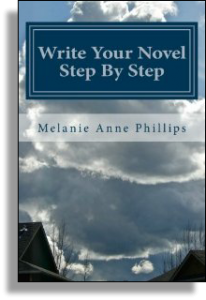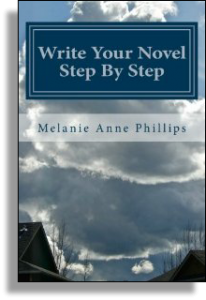 Write Your Novel Step by Step
Write Your Novel Step by Step
Steps 58 – 61
Developing Your Theme
~ Step 58 ~
Counterpoint
For every human quality, there is the opposite quality. For example, greed is balanced by generosity, denial is balanced by acceptance, and living in fantasy is balanced by remaining grounded in fact.
What is the counterpoint to the message issue you selected? List it and write a brief description of how it is opposite to your message issue.
~ Step 59 ~
Counterpoint Illustrations
The Main Character will usually only exhibit the thematic topic, not the counterpoint, as the story’s message revolves around whether the main character changes his ways or not.
In contrast, the counterpoint must be equally represented through your other characters to avoid making a one-
For this step, list as many scenarios as you can easily devise in which other characters employ the counterpoint quality. Later, we’ll work them into a balanced thematic argument.
~ Step 60 ~
Thematic Conclusion
At the end of the story, there is usually one moment at which the author makes his or her own statement about which is the better side of the thematic conflict.
This moment should not be an attempt to prove which is better, as the proof has been already created by the balance between them in the ongoing examples over the course of the story. Rather, this is the time the author confirms the conclusions the audience has drawn for itself by showing how those characters who favored one side of the conflict ultimately fare against the characters who favored the other.
Referring to your story synopsis and what you have developed already for your theme, devise an event or situation for the end of your story that will provide a conclusion to the thematic conflict by confirming whether the message or counterpoint came out on top.
~ Step 61 ~
Revised Synopsis
Time to blend your enhanced thematic argument into your evolving novel. For this step, revise your existing story synopsis to incorporate the material you have recently developed for your counterpoint and thematic conclusion.


